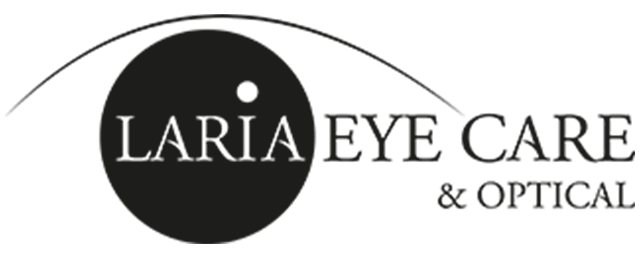
The first step to starting a vision therapy program is to determine whether you or your child is a good candidate for vision therapy. To do so, you first need to get a thorough comprehensive eye exam and 1-2 a vision therapy evaluation with a doctor who specializes in behavioral or developmental vision, vision therapy or binocular vision. Tell the front desk you are interested in vision therapy when making the appointment.
Here are 3 basic examples of exercises included in a vision therapy program:
1. Convergence and Divergence (Eye Teaming)
These types of exercises help train your eyes to work together as a team to improve binocular vision. Symptoms of a problem with eye teaming include double vision, loss of place while reading, poor depth perception, headaches, difficulty concentrating and tired, red eyes.
2. Saccades and Pursuits (Eye Tracking)
Pursuits are the smooth tracking movements made for example when following a ball or a moving car. Saccades are the jumping eye movements made when reading. Both can be improved with exercises. Symptoms of a problem with eye tracking include loss of place while reading, words moving around on a page, difficulty concentrating and tired, red eyes.
3. Accommodation (Eye Focusing)
These types of exercises help train the lens in your eye to focus for near and relax to see far away. Symptoms of a problem with accommodation include vision that blurs in and out of focus, blurry vision after reading, headaches, difficulty concentrating and tired, red eyes.
CLICK HERE to download free PDF of the Distance/Near Hart Chart Accommodative Therapy
